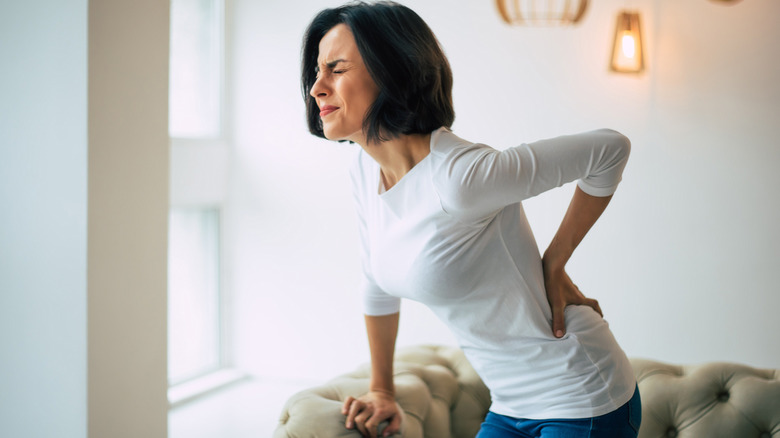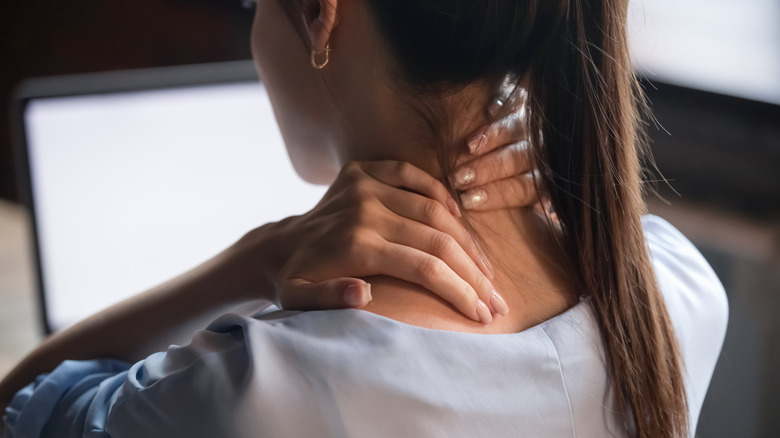What Is Ankylosing Spondylitis?
Unfortunately, back pain is a common worldwide ailment and a leading cause of disability, according to the World Health Organization. Aching backs can have physical and psychological factors associated with them, and many have suffered for years. This may be because effective treatment strategies are often challenging to implement. Some patients opt for prescription medications or surgery, while others choose more natural methods such as chiropractic work, osteopathic intervention, yoga, acupuncture, moist heat and physical therapy, and herbal supplements.
But sometimes, these remedies don't work, and the pain doesn't seem to have an easily detectable cause or remedy. Such a case may signify an underlying condition requiring medical attention and particular interventions to help manage the pain. Specifically, if you're experiencing stiffness in your hips and lower back that can't be explained by strenuous activity, you may be showing early signs of a chronic inflammatory disease known as ankylosing spondylitis (via Mayo Clinic).
Ankylosing spondylitis is a progressive, arthritic condition
Ankylosing spondylitis is a condition that can flare up in the middle of the night or when a person has been sitting for an extended period, according to the National Institute of Arthritis & Musculoskeletal and Skin Diseases. This chronic, progressive disease is a form of arthritis that causes inflammation of the spine leading to stiffness and discomfort. Some may experience joint pain, difficulty breathing, vision changes, lethargy, loss of appetite, rashes, and abdominal pain. Unlike other forms of arthritis, ankylosing spondylitis usually sets in before age 45. The condition affects more men than women and is more common in people with Crohn's disease, psoriasis, or ulcerative colitis.
While no cure exists right now, there are a variety of treatments that may help reduce symptoms and delay spinal deformity. The Mayo Clinic lists medication, physical therapy, and surgery as possible treatments. In addition to medical interventions, some lifestyle and home remedies can also help. These include staying active, avoiding tobacco, and practicing good posture. For those looking for emotional support, there are online and in-person support groups with people who share your condition.

